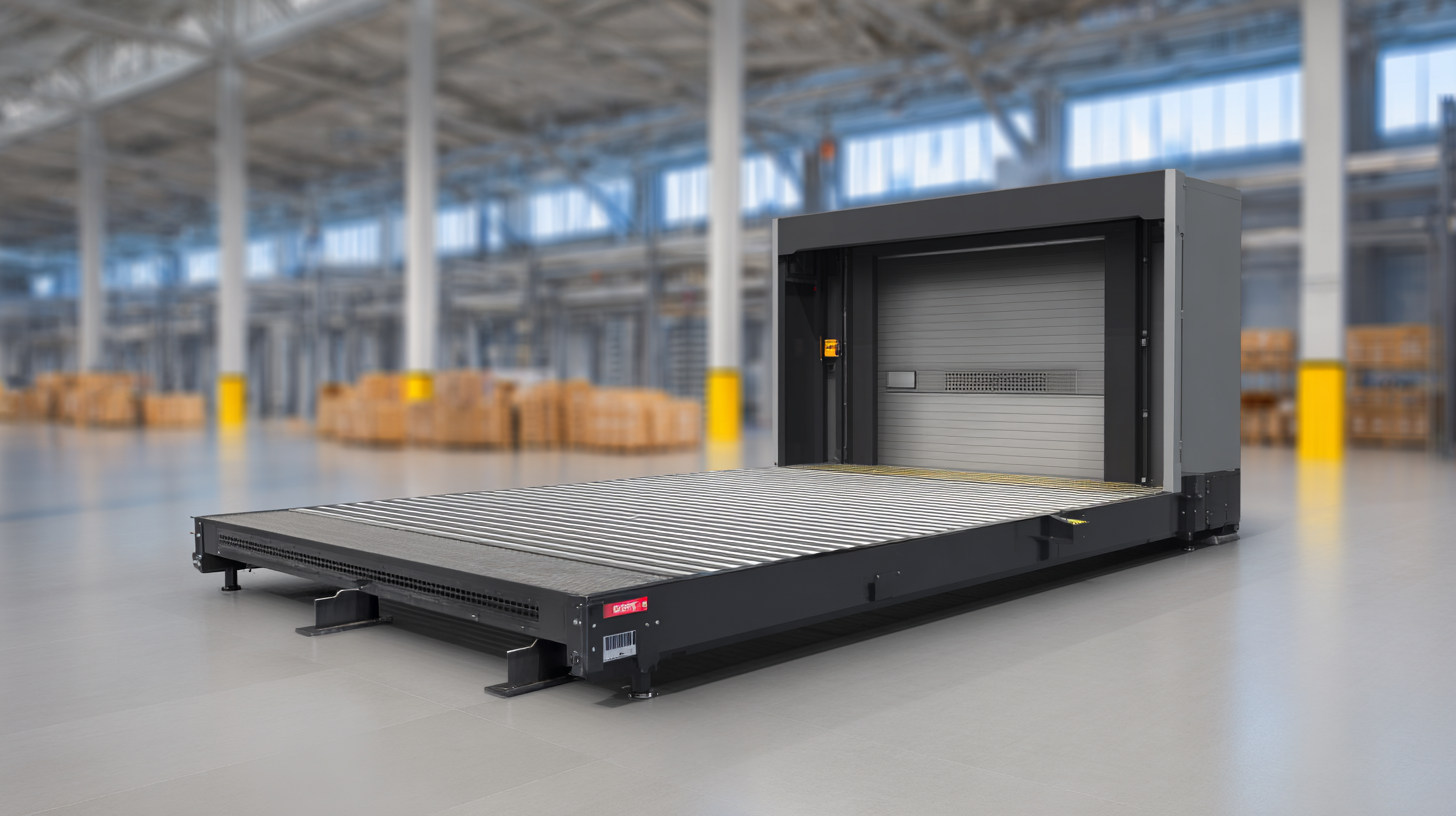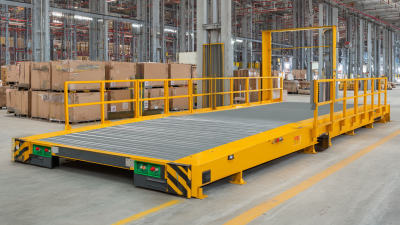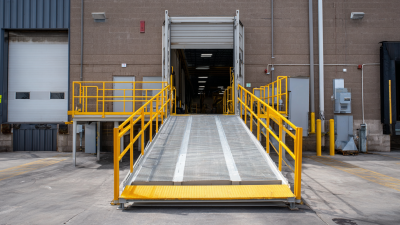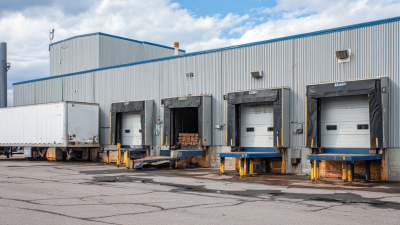When it comes to optimizing warehouse operations, selecting the right equipment is crucial, and one of the most essential tools for loading and unloading is the manual dock leveler. According to a recent industry report by Material Handling Industry (MHI), over 60% of warehouse inefficiencies result from improper loading dock practices. This underscores the need for warehouses to invest in equipment that can enhance efficiency and safety during loading and unloading processes.
Industry experts like John Baxter, a leading voice in material handling solutions, emphasize, "Investing in the right manual dock leveler not only streamlines operations but also reduces the risk of accidents and product damage." As warehouses increasingly focus on improving their operational capabilities, understanding the various types of manual dock levelers available and their specific features becomes imperative.

This ultimate guide will explore the crucial factors to consider when choosing the most suitable manual dock leveler for your unique warehouse needs, ensuring that you make an informed decision that contributes to enhanced productivity and safety in your operations.
When selecting a manual dock leveler for your warehouse, several critical factors must be taken into account to ensure you make the right choice. One of the primary considerations is the range of height adjustment. According to a report by the Material Handling Industry, 70% of warehouse injuries occur at loading docks due to improper height alignment. It is essential to choose a leveler that can accommodate varying truck heights, ensuring a seamless transition between the dock and the trailer. A leveler with adjustable height capabilities can significantly reduce the risk of accidents and enhance operational efficiency.
Another factor is the load capacity of the dock leveler. Many warehouses handle considerable weights, so selecting a leveler that can support these loads is vital. A study conducted by the American Warehouse Association found that over 65% of distribution centers reported issues related to inadequate load management, which can lead to costly damages and disruptions in workflow. Manual dock levelers typically range from 20,000 to 30,000 lbs capacity, but it is prudent to assess the specific needs of your operations. Ensuring that the dock leveler can handle the maximum weight of your typical shipments will protect your products and the integrity of your loading dock infrastructure.
When selecting the right manual dock leveler for your warehouse, understanding the different types available is crucial. The top five manual dock leveler types each offer unique advantages tailored to various operational needs. For instance, the standard mechanical leveler is highly reliable and requires minimal maintenance, making it ideal for facilities that prioritize durability and ease of use. This type typically employs a simple lever mechanism that can be operated by a single worker, improving efficiency during loading and unloading processes.

Another popular choice is the pit-style manual dock leveler. Its flush design allows for seamless transitions between the truck and the loading area, reducing the risk of product damage during transport. This type is particularly advantageous for warehouses with high volume freight operations, as it streamlines workflow and enhances safety. Additionally, the telescopic dock leveler provides extended reach, accommodating various vehicle heights, while offering versatility for warehouses that work with multiple truck types. Each of these manual dock levelers brings distinctive benefits, ensuring that businesses can optimize their loading and unloading procedures to meet specific warehouse demands.
When assessing your warehouse's requirements for manual dock levelers, the first step is to evaluate the nature and frequency of your loading and unloading operations. Consider the types of vehicles that you typically accommodate, as well as the standard height of their trailers. This information will help determine the required height range of the dock leveler. Additionally, think about the variety of goods being handled, as some may necessitate specialized docking solutions to manage weight and size differences.
Another crucial aspect to consider is the layout of your warehouse. Evaluate the available space for the dock leveler installation and ensure that it can operate efficiently without hindering other warehouse activities. Take into account the floor conditions and any potential obstacles that might affect the leveler’s performance. Finally, assess the ease of maintenance and operation, as a user-friendly manual dock leveler can significantly reduce labor costs and improve overall efficiency in your warehouse operations.
To ensure the longevity of your manual dock leveler, regular maintenance is key. Start with a routine inspection of the leveling mechanism, including the hinges, springs, and hydraulic components, if applicable. Look for any signs of wear and tear, such as rust or cracks, and address them promptly to prevent further damage. Keep the area around the dock leveler clean and free of debris, as this will help maintain its functionality and safety.
Lubrication is another vital aspect of maintenance. Apply appropriate lubricant to all moving parts regularly, focusing on the pivot points and bearings. This will reduce friction and help avoid premature wear. Additionally, it’s important to train your staff on the proper operation of the manual dock leveler to prevent misuse that could lead to malfunctions. Establishing a maintenance schedule and documentation can further aid in tracking the condition and performance of your equipment, ensuring it serves your warehouse needs effectively for years to come.

When selecting the right manual dock leveler for your warehouse, it's essential to consider the cost implications compared to other dock solutions. Recent forecasts suggest that the dock board market is poised for significant growth, expanding from USD 1.5 billion in 2024 to USD 2.8 billion by 2033, with a CAGR of 7.3%. This surge highlights the increasing demand for efficient loading and unloading mechanisms in warehouses, where manual dock levelers serve as a cost-effective solution while meeting specific operational needs.
**Tips:**
1. Evaluate the total cost of ownership, including maintenance and lifespan, when comparing manual dock levelers to more automated solutions. Often, manual systems may come with lower upfront costs but require careful consideration of long-term expenses.
2. Assess your warehouse's operational workflow. If your facility experiences high traffic and demands versatility, manual dock levelers can provide the necessary support without the significant financial commitment associated with automated systems.
By analyzing both the immediate and long-term costs, warehouse managers can make informed decisions that align with their budget and operational requirements.





